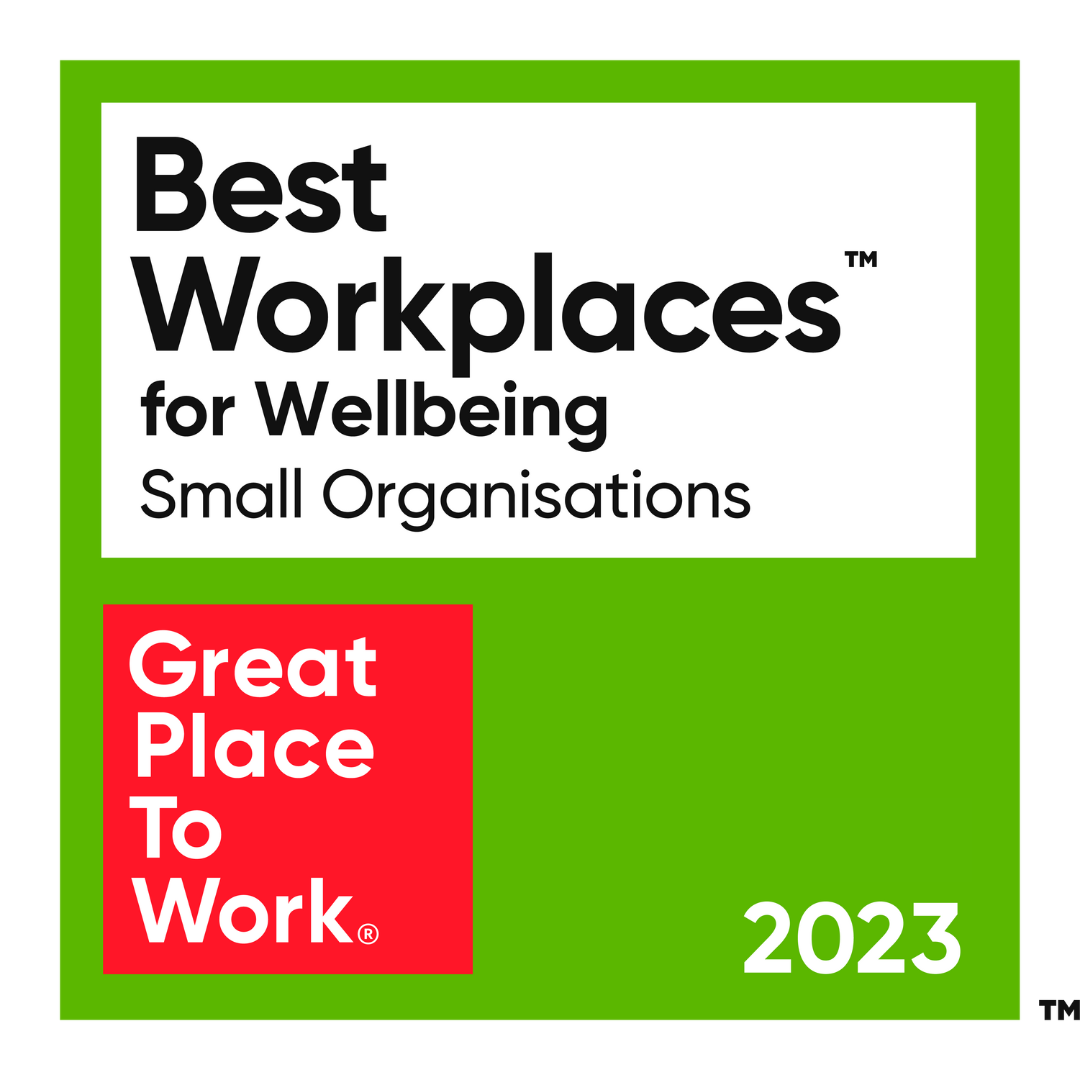There is one word that separates the very worst pitch briefs from the very best – effort. Because anyone can cobble together a rubbish brief. It takes time and effort and thought and consideration, however, to pull together a really good one.
The good news is that those brands that invest that time and effort will be rewarded exponentially, not just because they are more likely to get the agency they need but also because a good brief sets a threshold. It challenges the agencies to match the time and effort you have put in and produce their very best work.
A great brief matters because pitches require agencies to put in a lot of time and effort for, potentially, no reward. They want to know that you are serious about the process and the quality of the briefing can a huge, positive motivation for them to take part.
At ID Comms we are old enough to remember some terrible briefs. Multiple fonts and documents that haven’t been spell checked were just the start of what we saw in our previous agency roles.
The universal truth of pitches is that you get out what you put in. Our tips for a great brief focus on three key areas – clarity, design and presentation.
For many agencies, clarity is a key motivation. They want to know how clear you are about what you want. Do you have a clear ambition for media, can you define what the brief is, and can you tell them how they will be assessed? Can you tell them who will be judging the process? Any lack of clarity makes them less likely to want to take part. When we create pitch briefs, we profile all the stakeholders and we provide transparency of the process of decision and evaluation criteria. This allows agencies to optimize themselves to those KPIs.
Design also matters and it’s not just about using the right font. Creating a brief that reflects the tone and values and design principles of your company is vital. By packaging your brief in your proper corporate visual identity, you are setting the tone for the rest of the process. We employ a design team and, pre-pandemic, we used to send out hard back books to agencies. This underlines how seriously our clients take the process, because every stakeholder cares about something that will carry their name and photo.
Presentation and how you bring the brief to life is also vital. The pre-pitch briefing offers an advertiser’s first chance to seduce the agency community. In the past we have brought agency stakeholders to the same venue and during the pandemic we’ve done so virtually. Such occasions demonstrate that all of the agency participants are receiving the same info at the same time, building credibility. And it also enables companies to showcase their senior decision makers – if the CEO or CFO can attend so much the better.
Delivering on all three areas requires effort. But the reward is that you get engaged agencies, who know they have to deliver their best work to win. You simply can’t put a value on that.
Watch the ID Comms #MediaSnack episode here:

.jpg?width=300&name=ID%20Comms_MediaSnack_Thumbnail%20Template%20(7).jpg)




COMMENTS